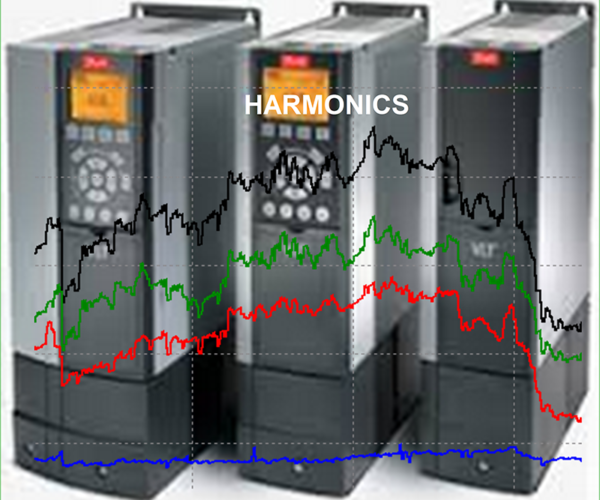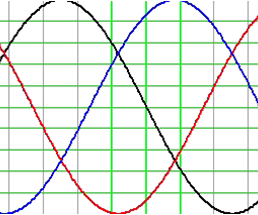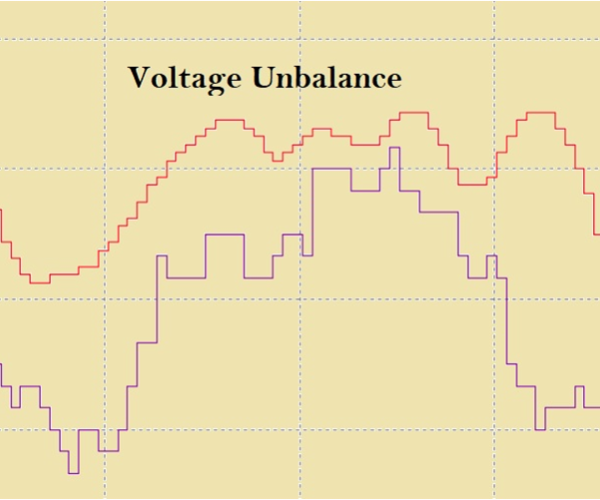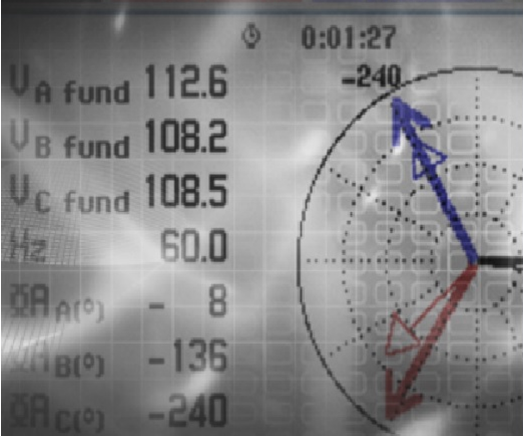Power quality determines the fitness of electrical power to load ends. Synchronization of the voltage frequency and phase allows electrical systems to function in their intended manner without significant loss of performance or life. The term is used to describe electric power that drives an electrical load and the load’s ability to function properly. Without the proper power, an electrical device (or load) may malfunction, fail prematurely or not operate at all. There are many ways in which electric power can be of poor quality and many more causes of such poor quality power.
Harmonics, Voltage Swell (Surge), Interruption, Voltage Dip (Sag), Unbalance, Flicker etc. are few major problems. Due to these Power Quality Issues, there can be following problems:




